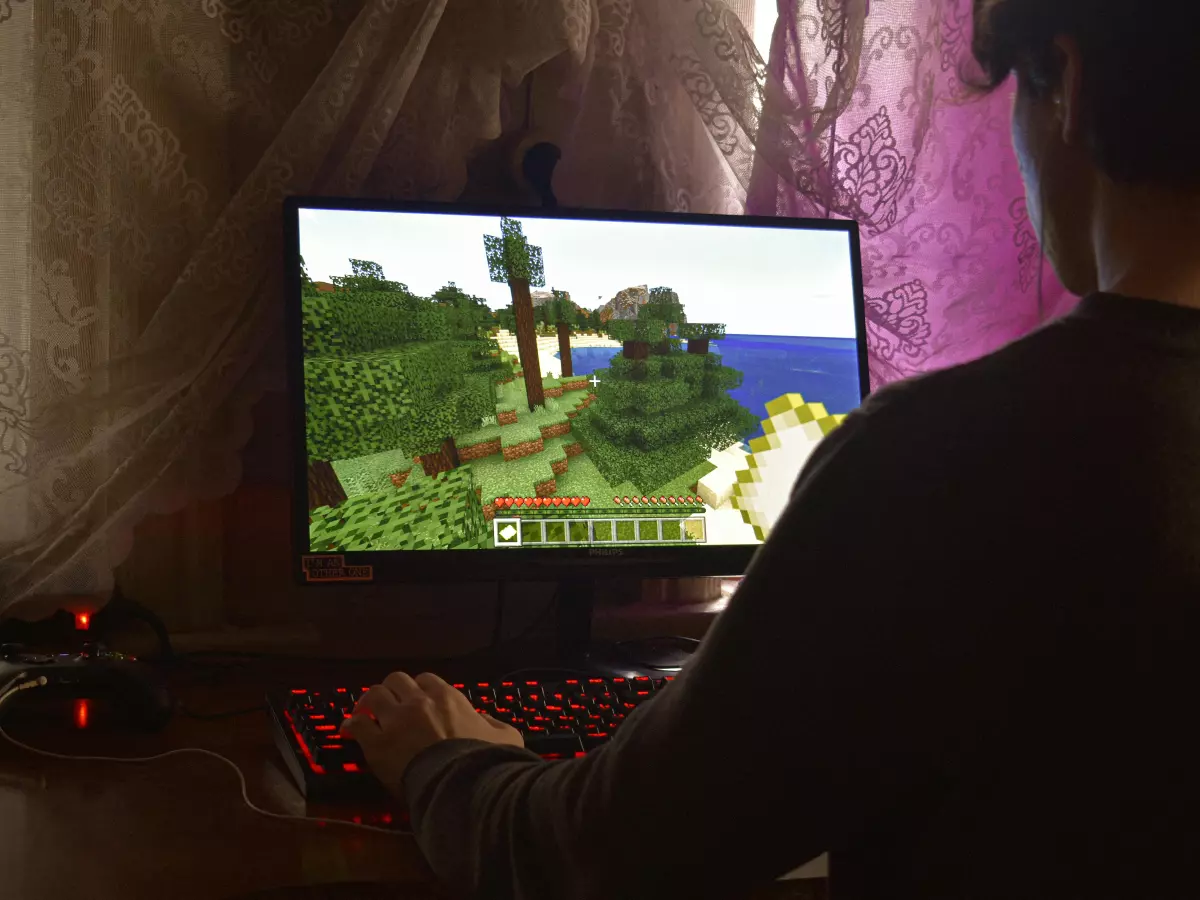Engines in Harmony
Ever wondered what makes a game world feel real? It’s not just magic—it’s the seamless collaboration between game engines and physics engines.

By Nina Schmidt
According to game development guru John Carmack, "Physics engines are the unsung heroes of realism in gaming." And he’s right. While game engines often steal the spotlight with their flashy graphics and immersive storytelling, physics engines quietly work behind the scenes to ensure that every jump, crash, and explosion feels authentic. But here’s the kicker: these two engines aren’t the same thing. They’re like two sides of the same coin, each with its own role in crafting the virtual worlds we love.
Let’s break it down. A game engine is the Swiss Army knife of game development. It handles everything from rendering graphics to managing AI, sound, and even networking. Think of it as the director of a movie, orchestrating all the elements to create a cohesive experience. On the other hand, a physics engine is more like the stunt coordinator. It’s responsible for simulating the laws of physics—gravity, friction, collisions, and more. Without it, your favorite RPG character wouldn’t fall realistically after a clumsy jump, and those epic car crashes in racing games? They’d look more like toy cars bumping into each other.
Here’s where it gets interesting: not all game engines come with built-in physics engines. Some rely on third-party solutions like Havok or NVIDIA PhysX. Why? Because physics simulations are computationally expensive. They require a level of precision and complexity that can bog down a game engine if not handled separately. This division of labor allows developers to focus on optimizing each engine for its specific tasks.
But this partnership isn’t always smooth sailing. One of the biggest challenges is synchronization. Imagine a multiplayer game where one player’s physics engine calculates a collision differently from another’s. The result? Chaos. Developers have to ensure that both engines are perfectly in sync to avoid such discrepancies. This is especially tricky in networked games, where latency can throw a wrench into the works.
Another challenge is scalability. Physics engines need to handle everything from a single falling leaf to a massive building collapse. Achieving this level of scalability without sacrificing performance is no small feat. That’s why many modern physics engines use techniques like Level of Detail (LOD) to prioritize what needs to be simulated in high detail and what can be simplified.
So, what does the future hold for this dynamic duo? As hardware continues to evolve, we’re likely to see even more integration between game and physics engines. Technologies like real-time ray tracing and machine learning are already pushing the boundaries of what’s possible. Imagine a game where every particle of dust reacts to your movements, or where AI-driven physics simulations create entirely new gameplay mechanics on the fly.
In conclusion, while game engines and physics engines may have different roles, their collaboration is what brings virtual worlds to life. They’re the yin and yang of game development, each complementing the other to create experiences that are as immersive as they are believable. So the next time you’re marveling at a game’s realism, take a moment to appreciate the unsung heroes working behind the scenes.





